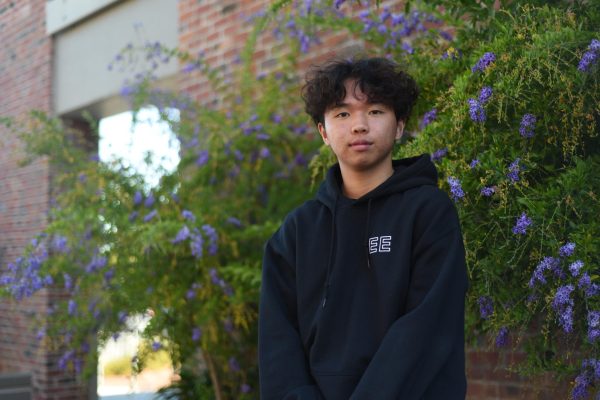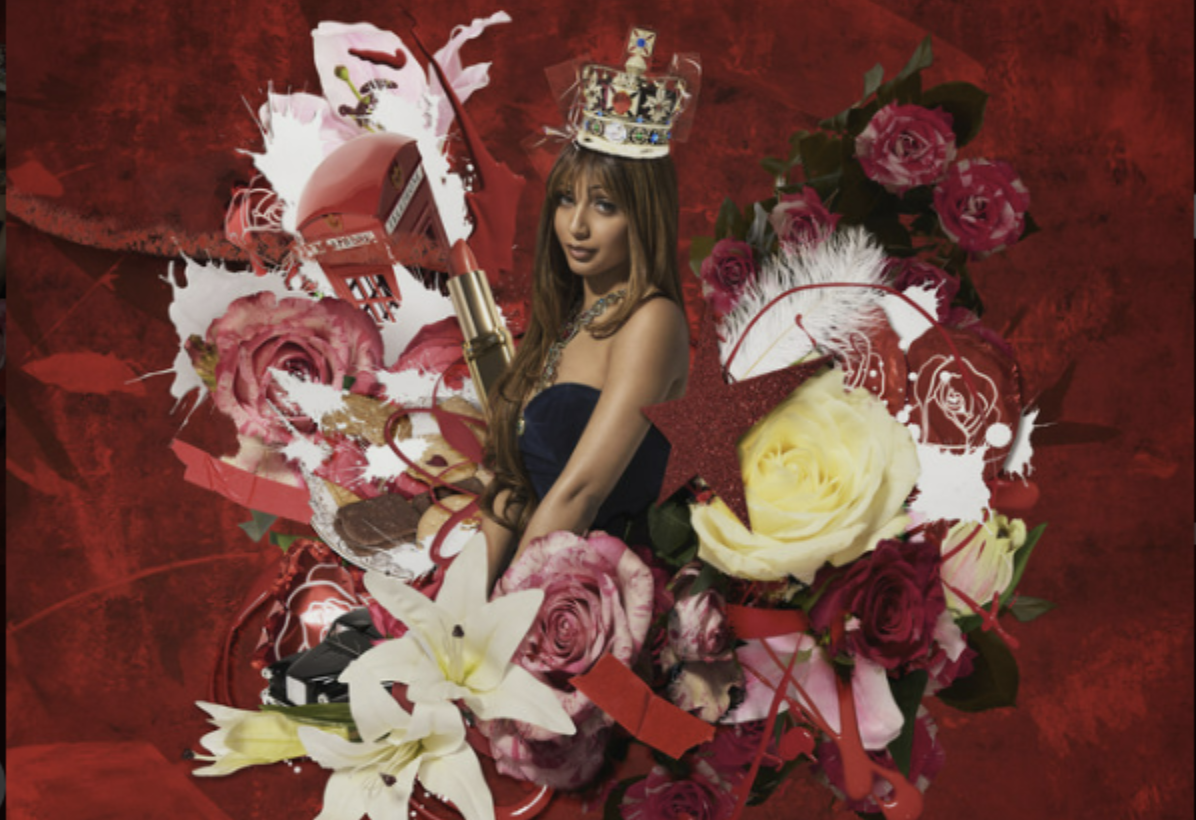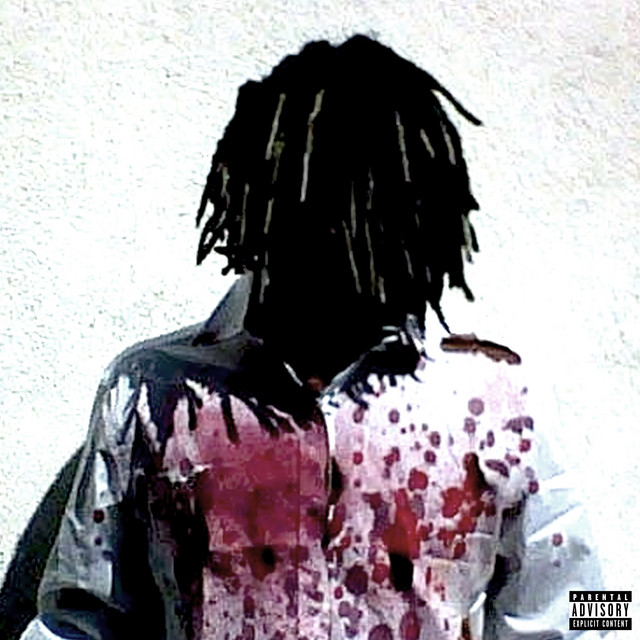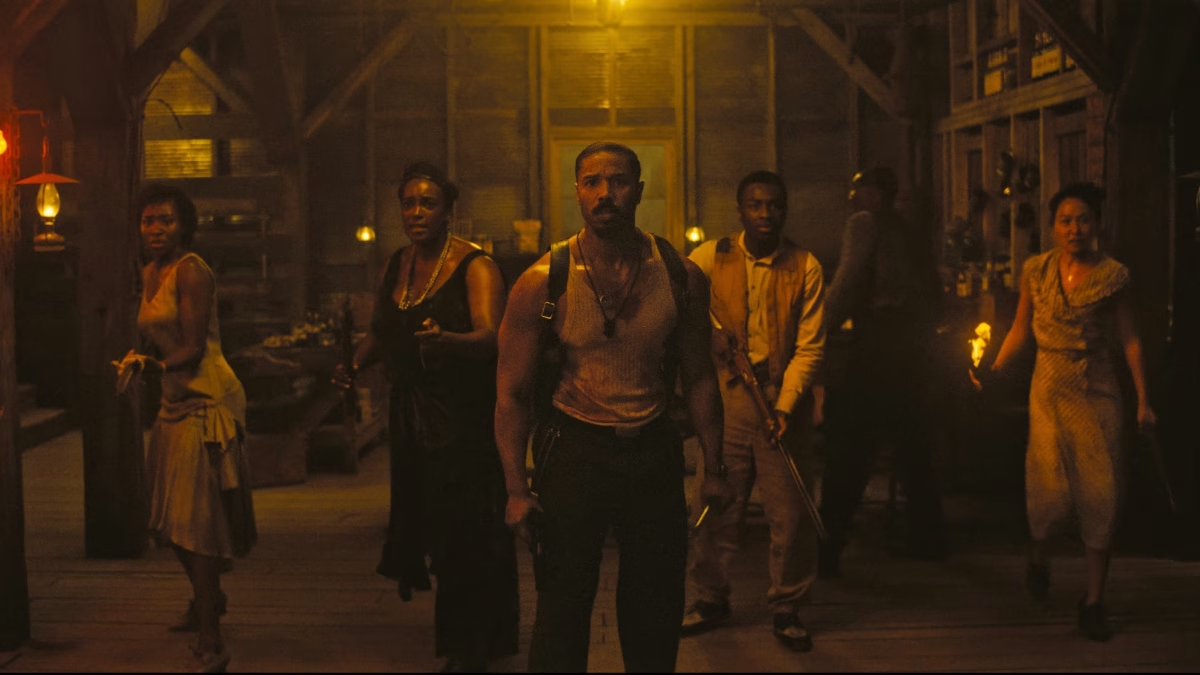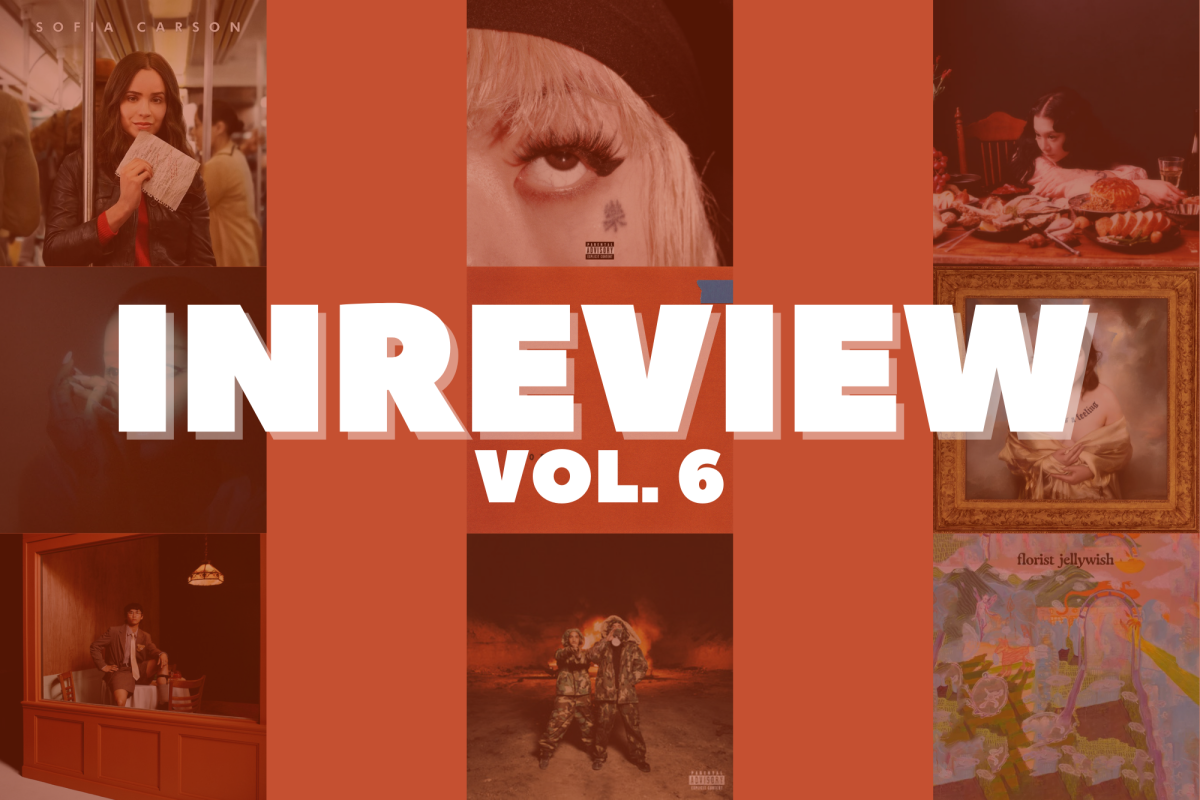The summer of 2024 featured an exciting mix of movies and albums. With the upcoming autumnal equinox marking the official end of summer, El Estoque’s Arts & Entertainment section rewinds and reviews some popular pieces of media from recent months.
BRAT
Electropop artist Charlotte Emma Aitchison, or Charli xcx, dropped her sixth album “BRAT” on June 7, officially kicking off a season that she declared “brat summer” — whether it was TikTok trends, internet references or even presidential candidate Kamala Harris’s election campaign, “BRAT” in its chartreuse and Arial Narrow glory was everywhere to be found. Much like the album cover’s loud, obnoxious color and blurry, unique eyesore of a font, “BRAT” is distinct, confident and unapologetically real.

Coming off of a slightly disappointing and “vanilla” fifth album “CRASH,” Charli moved right past her “selling out” era into superstardom, bringing a new energy that infects listeners. In a fusion of high-pitched synths, hard-hitting basses, distorted electronic keyboards and Charli’s ethos of “drink, smoke and use Auto-Tune,” “BRAT” embodies the iconic club banger sound. It helps when the chorus of every other track is a summer-time anthem — “BRAT” first begins with the catchy “When you’re in the party b-b-bumpin’ that beat / 666 with a princess streak / I’m everywhere, I’m so Julia” in “360” and ultimately ends with the snappy “Who the f— are you? I’m a brat when I’m bumpin’ that / Now I wanna hear my track, are you bumpin’ that?” in “365.”
Yet, “BRAT” isn’t just brain rot party music. Charli addresses vulnerable life issues in a way that, unlike so many other pop stars, doesn’t come off as an out-of-touch celebrity complaining. Slower songs like “I might say something stupid,” “I think about it all the time” and “So I” reveal Charli’s struggles, whether it be with insecurities, contemplations of motherhood or regret for pushing away her late mentor SOPHIE. The slower songs on “BRAT” speak the vulnerable truth for so many of Charli’s audience, but this becomes ironic when the following tracks would be wild disco bangers about “doing a little key” and “having a little line.” In a sense, that juxtaposition captures what the album is: it’s everything. It’s wild, it’s slow, it’s fun, it’s sad, it’s confident, it’s insecure and most of all, it’s “BRAT.”
RATING: 4.5/5 (reviewed by Benjamin Zhang)
Despicable Me 4
Starring the three main minions — Bob, Stuart and Kevin — and their boss, Gru, the third sequel of this humor-packed movie, “Despicable Me 4,” premiered at Jazz Lincoln Theater in New York City on June 9, 2024. Directed by Chris Renaud, the movie cost approximately $100 million to produce and is the second most costly movie in all of the “Minions” movies. “Despicable Me 4” introduces the Mega Minions with each of them possessing different superpowers that originate from superheroes; however, the appearance and purpose of the Mega Minions seem to take away the originality and humor of the minions themselves.
Most of the time, the minions spend their time fighting for the Anti-Villain League, but these scenes often felt like filler that never contributed to the final defeat of the antagonist, Maxime Le Mal. Furthermore, the movie does not revolve around one major plot that all scenes contribute and build on; rather, it contains several different subplots that are not given enough time to develop, leading to the movie seeming cramped. Putting aside the lack of development, “Despicable Me 4” still excels at being a fun movie that gives audiences a good laugh and humorous jokes. While there is no specific plot to focus on, the audience can still anticipate “Despicable Me 4” to be the classic, funny and action-filled movie it has always been.
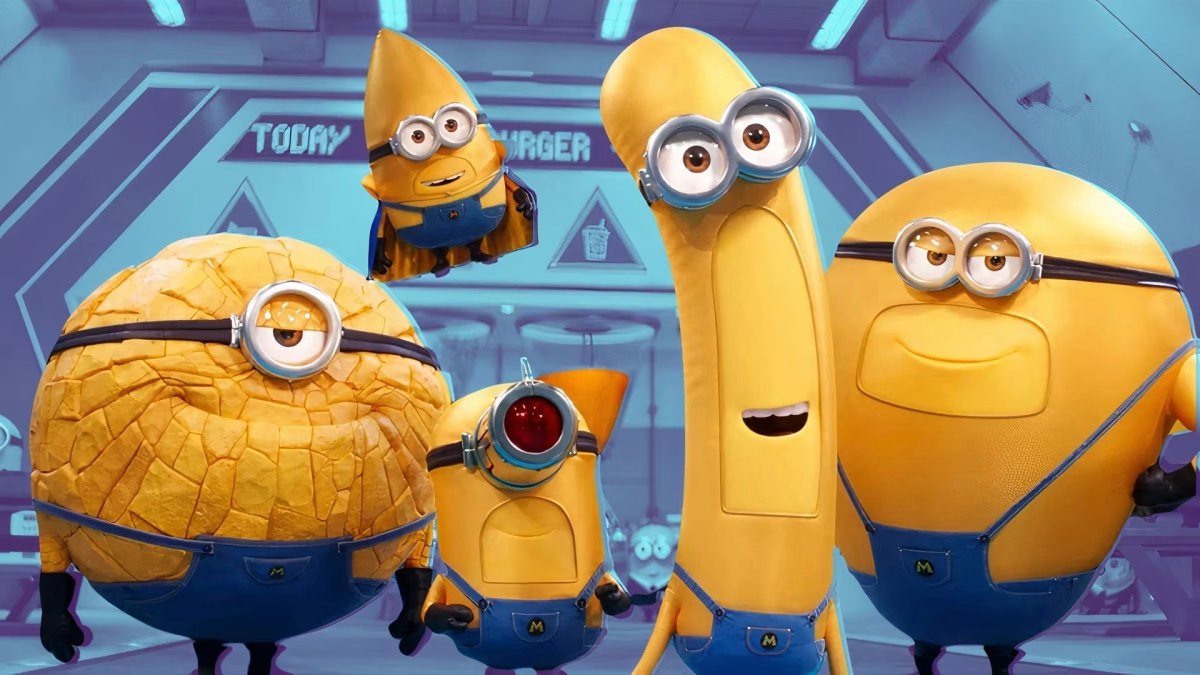
RATING: 3/5 (reviewed by Melody Lin)
Inside Out 2
Released on June 14, the highly anticipated “Inside Out 2” demolished the familiar emotions’ headquarters for an update. Just like how windows were shattered to make an opening for four new emotions, “Inside Out 2” burst Pixar’s ceiling and quickly became the highest-grossing animated film worldwide of all-time within 19 days after its release date.
“Inside Out 2” introduces four new emotions: Anxiety, Embarrassment, Ennui and Envy. Throughout the film, there is a continuous theme of change and self-discovery amongst the emotions and returning protagonist Riley Anderson through conflicts with friends, the transition to high school and struggles of self-discovery. The film tackles a perspective on emotions with universal themes that many can relate to, such as the fact that it’s impossible for everyone to “always be happy.” It also never shies away from addressing the harmfulness of anxiety and shows how it can be handled well, such as by focusing on the present and not worrying too far ahead.
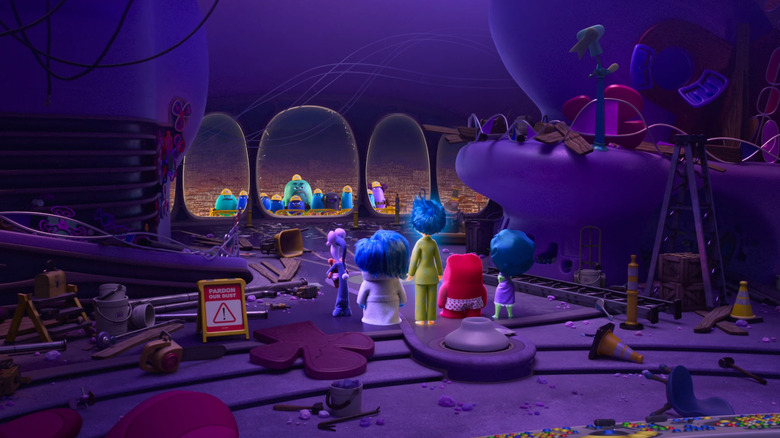
“Inside Out 2” also brilliantly shows how all emotions can coexist and benefit each other, and it’s never right to shut out an emotion completely — as shown when Joy tries to shut out Anxiety and Anxiety takes full control of headquarters, resulting in disaster. Still, when the emotions all help each other and coexist, the emotions see the balance of them benefit her and allow her to regain her true sense of self. However, towards the end of the film, Anxiety is overemphasized. “Inside Out 2” seems to portray Anxiety as the villain of the story and pits Anxiety against the other eight emotions. This weakens the complexity of the plot because it just focuses on one single character’s development. As a result, the other new characters, especially Embarrassment, Ennui and Envy, are overshadowed by Anxiety’s panic.
Nonetheless, “Inside Out 2” provides a relatable perspective through conversations and events about anxiety, peer pressure, friendships and relationships. While it might not realistically paint a full picture of today’s teenagers’ thoughts and perspectives with its somewhat unbalanced portrayal of emotions, it’s nice that “Inside Out 2” introduces new characters to make the film more relatable to everyone, leaving a heartwarming feeling of understanding that no other movie has done before.
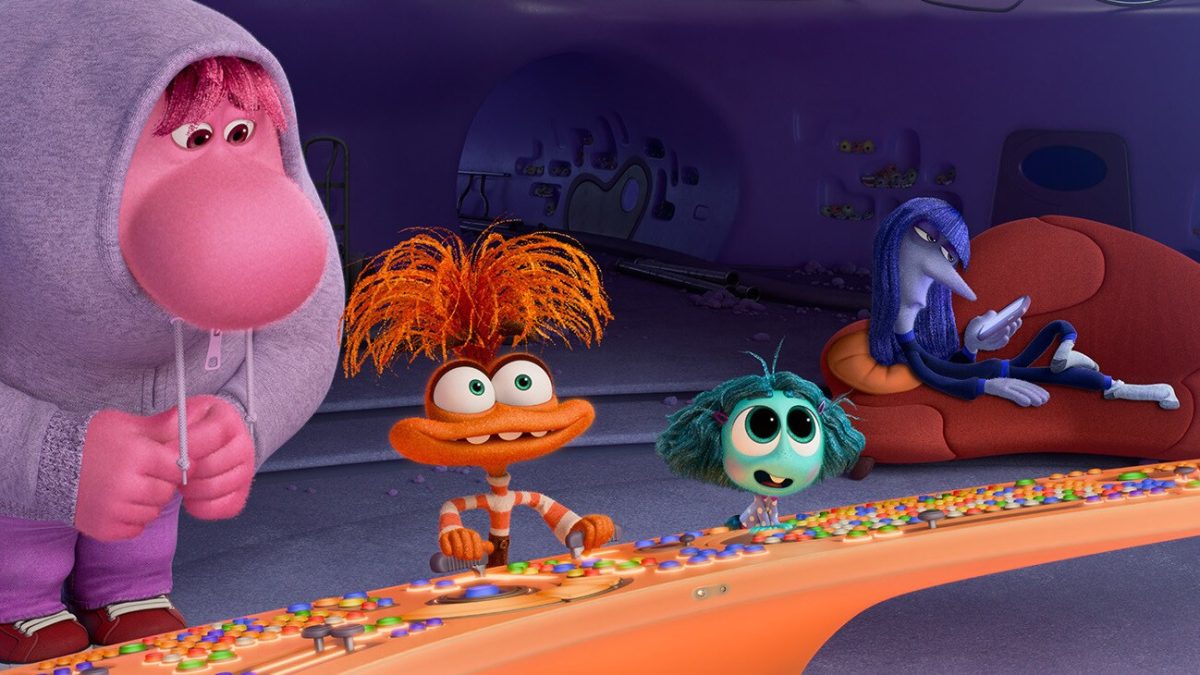
RATING: 4/5 (reviewed by Melody Lin)
X’s
Ambient pop band Cigarettes After Sex released its third album, “X’s,” on July 12. Inspired by lead singer Greg Gonzalez’s split from his long-time partner, the album opens by portraying a romantic relationship and ends by describing substance abuse struggles after a breakup. “X’s” perfectly depicts a failing relationship, and unfortunately, not only lyrically — despite the strong start, the album also slowly deteriorates over time.
The slow pacing of “X’s” creates a calm and bittersweet aesthetic, and the constantly reverbed guitar sounds throughout the album — the signature sound of Cigarettes After Sex — create a soft and trance-like feel. Nonetheless, this quickly becomes tedious. By track five, “Holding you, Holding me,” which sounds eerily similar to track three “Silver Sable,” “X’s” begins to feel like one long 38-minute song instead of separate tracks. Similar sounds and chord progressions are used repetitively — “X’s” is the musical representation of the feeling of deja vu. However, this may also simultaneously be the album’s strongest point.
Cigarettes After Sex keeps the dream pop sound they’re known for and makes the listener feel like looking into a world through a VHS camcorder in different tracks like “Hideaway” and “Dark Vacay,” which makes sense because “X’s” is about reliving a relationship. “X’s” is a great album in many aspects, but other than the Tejano-influenced guitar and drums on “Tejano Blue,” it brings little creativity. Showing no signs of future experimentation, “X’s” leaves listeners wondering if Cigarettes After Sex will forever stay in their world of nostalgia.
RATING: 2.5/5 (reviewed by Benjamin Zhang)
Charm
On July 12, bedroom pop singer Claire Cottrill, better known as Clairo, released her third studio album “Charm.” Clairo describes the word charm as “a feeling, a perfect blend of being goofy-eyed over a person – platonically, romantically – and not knowing how long it will last,” and similarly focuses the album on brief, often vulnerable moments in love. “Charm” revolves around the keyword of temporary, and themes of brevity are everywhere throughout the 38-minute runtime. Track ten, “Glory of the Snow,” refers to a flower that blooms early in the winter but lasts shortly — a metaphor for the moments she describes in “Charm.” The lyrics “’Cause when I met you, I knew it / I’d thank you for your time” on track five “Thank You” perfectly depicts the transient nature of a relationship that felt predetermined to fail.

Clairo further emphasizes this idea by letting the listener feel the moments through the instrumentals — the lyricism is inconclusive. It allows tracks to instead evolve into a ’70s-inspired warm and dreamlike sound, such as the twinkling piano and fuzzy trumpets throughout the album. Easily the strongest aspect, the instrumentals behind “Charm” are absolutely stunning. “Slow Dance” features a beautiful mix of flutes, clarinets and acoustic guitar, and “Terrapin” uses a piano solo instrumental to lift itself into the chorus. But at the same time, a lot of songs have sharp beats that juxtapose the overall composition against Clairo’s soft vocals, giving the album both a melancholic and a lively feel. Even with her limited lyrics, Clairo is able to transport listeners into the fragile images she paints.
By every measure — whether it’s structure, sound or complexity — “Charm” is one of the best albums to release this year. However, it regrettably resembles its own core theme of temporariness: there is no true standout song that stakes itself within listeners’ minds. “Sexy to Someone” is probably the most memorable, but in a summer where pop anthems and their catchy choruses dominated the industry, Clairo’s masterpiece is sadly only a fleeting moment of charm destined to fade into the background.
RATING: 4/5 (reviewed by Benjamin Zhang)






